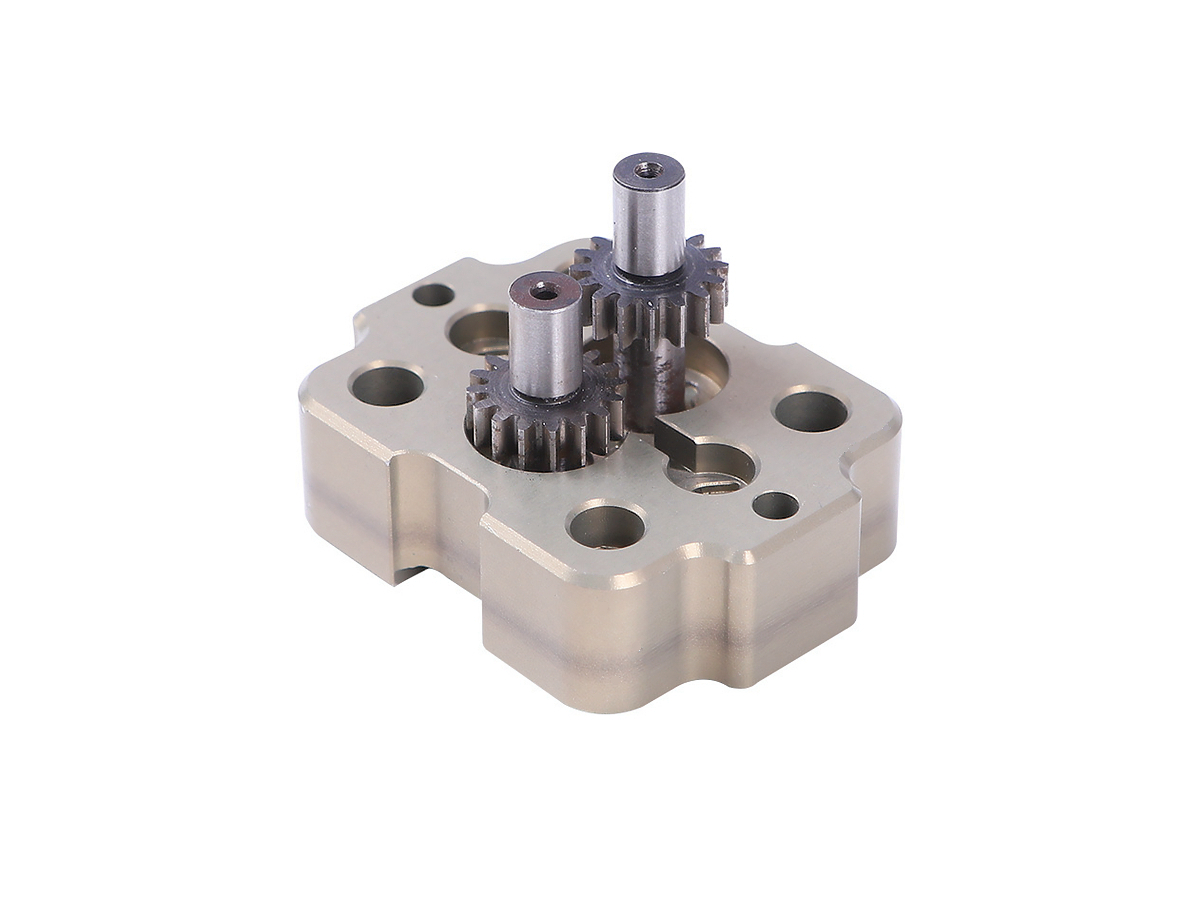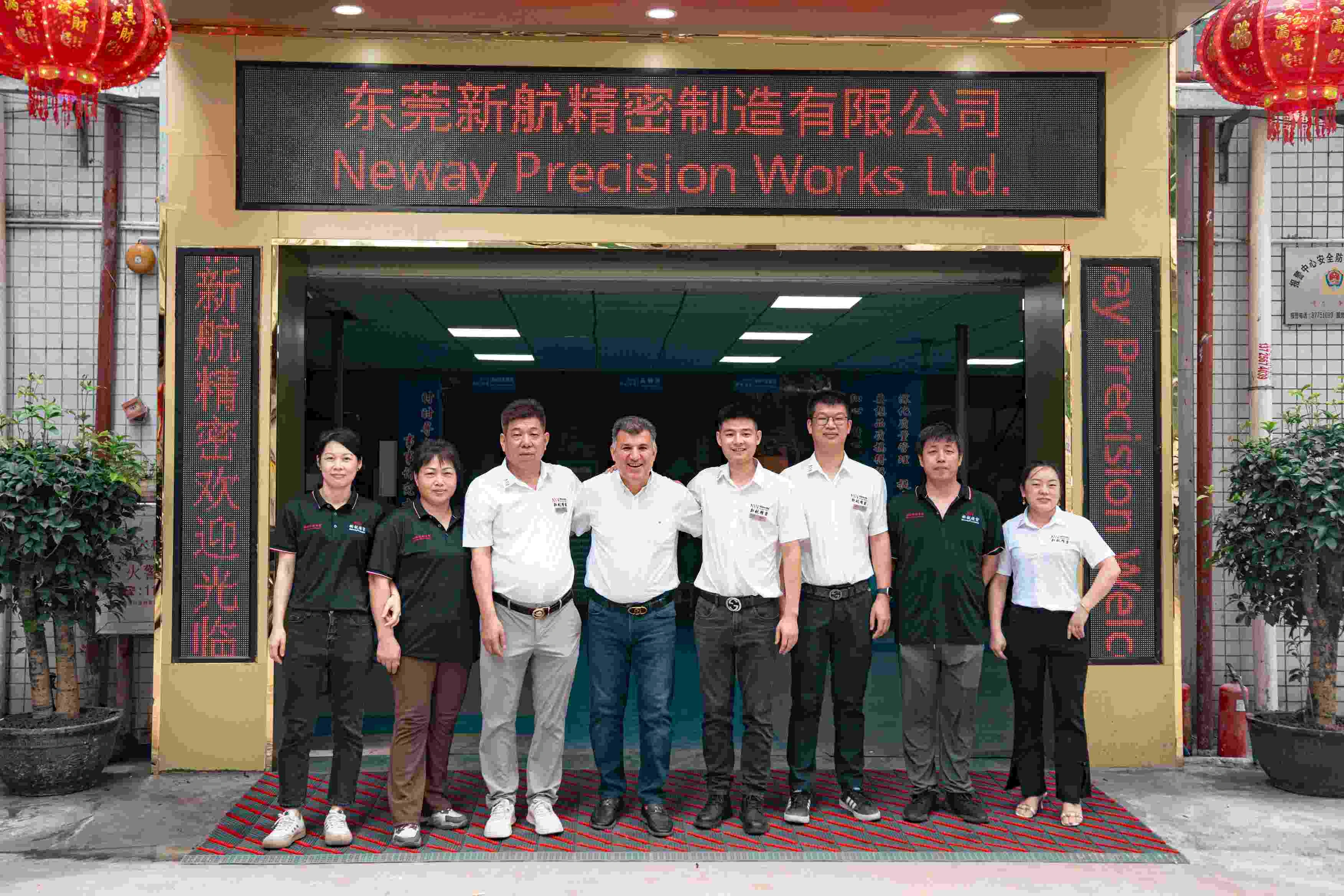Low-Volume CNC Machining of SUS440C Stainless Steel for Durable, Wear-resistant Parts
Introduction to Low-Volume CNC Machined SUS440C Stainless Steel for Durable Applications
Industries such as precision tooling, medical devices, and bearings manufacturing require materials offering exceptional hardness, durability, and superior wear resistance. SUS440C stainless steel, a high-carbon martensitic stainless steel, is renowned for achieving extremely high hardness levels (up to 60 HRC) after heat treatment, making it ideal for manufacturing wear-resistant components, including surgical instruments, high-precision bearings, knife blades, and specialty tooling.
Leveraging advanced CNC machining, manufacturers can precisely fabricate low-volume SUS440C stainless steel components with complex geometries, exact dimensional tolerances, and superior surface quality, significantly improving part reliability and service life.
Comprehensive Analysis of SUS440C Stainless Steel for Wear-Resistant Parts
Material Performance Comparison of SUS440C Stainless Steel and Similar Materials
Material | Tensile Strength (MPa) | Hardness (HRC) | Machinability | Typical Applications | Advantage |
|---|---|---|---|---|---|
760-1030 | 58-60 | Moderate | Bearings, surgical instruments | Exceptional hardness, wear resistance | |
760-1100 | 50-55 | Moderate | Blades, cutting tools | High hardness, good wear resistance | |
480-690 | 40-45 | Good | General hardware, basic tools | Moderate hardness, easier machinability | |
930-1310 | 35-44 | Moderate | Aerospace parts, precision shafts | Excellent strength, moderate hardness |
Material Selection Strategy for CNC Machined SUS440C Stainless Steel Components
Selecting SUS440C stainless steel for CNC machining involves analyzing hardness requirements, wear resistance, and operational environments:
Bearings, precision surgical instruments, and blades benefit significantly from SUS440C stainless steel due to its exceptional hardness (58-60 HRC), ensuring superior wear resistance and longer life.
For applications requiring slightly lower hardness but still excellent durability, SUS420 stainless steel (50-55 HRC) is a reliable alternative, particularly for blades and cutting tools.
General-purpose hardware or basic tools demanding moderate hardness and good machinability frequently choose SUS410 stainless steel.
Aerospace or structural components needing high strength with moderate hardness typically select SUS630 (17-4PH).
CNC Machining Processes for SUS440C Stainless Steel Components
CNC Machining Process Performance Overview
CNC Machining Process | Dimensional Accuracy (mm) | Surface Roughness (Ra μm) | Typical Applications | Key Advantages |
|---|---|---|---|---|
±0.005-0.01 | 0.4-1.6 | Bearings, cylindrical tools | High precision, superior surface quality | |
±0.005-0.02 | 0.4-3.2 | Surgical blades, precision molds | Versatile, precise detailing | |
±0.002-0.005 | 0.1-0.4 | High-precision bearings, cutting tools | Exceptional precision, excellent surface finish | |
±0.003-0.01 | 0.2-0.6 | Complex surgical instruments, precision tooling | Intricate geometries, high precision |
Process Selection Strategy for CNC Machined SUS440C Stainless Steel Components
Optimal CNC machining processes for SUS440C stainless steel depend on part complexity, precision demands, and surface finish requirements:
Cylindrical components like bearings and precision shafts requiring accurate rotational tolerances (±0.005 mm) and excellent finishes (Ra ≤1.6 µm) are effectively produced using CNC Turning Service.
Surgical blades, precision molds, and intricate tooling components needing detailed machining with accuracy up to ±0.005 mm typically use CNC Milling Service.
Components demanding ultra-tight tolerances (±0.002 mm) and extremely smooth surfaces (Ra ≤0.4 µm), such as high-precision bearings and cutting tools, greatly benefit from CNC Grinding Service.
Complex surgical instruments or sophisticated tooling requiring intricate shapes and tight dimensional control (±0.003 mm) achieve optimal outcomes with Multi-Axis CNC Machining Service.
Surface Treatments to Optimize SUS440C Stainless Steel Components
Surface Treatment Performance Comparison
Treatment Method | Corrosion Resistance | Wear Resistance | Industrial Suitability | Typical Applications | Key Features |
|---|---|---|---|---|---|
Moderate | Exceptional (58-60 HRC) | Excellent | Bearings, blades, molds | Optimal hardness, superior wear resistance | |
Excellent (>1000 hrs ASTM B117) | Moderate | Excellent | Surgical instruments, precision tooling | Enhanced corrosion resistance, surface purity | |
Outstanding (>1500 hrs ASTM B117) | Very High (HV1500-2500) | Excellent | High-wear components, cutting blades | Exceptional hardness, friction reduction | |
Outstanding (>1500 hrs ASTM B117) | Moderate | Excellent | Surgical instruments, precision parts | Improved surface smoothness, enhanced corrosion resistance |
Surface Treatment Selection for CNC Machined SUS440C Stainless Steel
Choosing optimal surface treatments involves prioritizing hardness, corrosion protection, and surface quality:
Bearings, blades, and precision molds require Heat Treatment (Hardening & Tempering) to achieve the ideal hardness of 58-60 HRC, significantly enhancing wear resistance.
Surgical instruments and precision tooling benefit significantly from Passivation for improved corrosion resistance and surface purity.
Components subjected to extreme wear, such as cutting tools and high-stress parts, utilize PVD Coating to enhance surface hardness and reduce friction, extending operational life.
Surgical instruments and precision parts demanding superior cleanliness and smoothness typically use Electropolishing for enhanced corrosion resistance and superior finish.
Typical Prototyping Methods for SUS440C Components
CNC Machining Prototyping: Offers highly accurate prototyping with dimensional tolerances (±0.005 mm to ±0.01 mm), ideal for validating complex designs and functional performance.
Stainless Steel 3D Printing: Efficiently produces complex prototypes without tooling, allowing rapid evaluation of designs before final CNC machining, significantly shortening development cycles.
Quality Assurance for CNC Machined SUS440C Stainless Steel Parts
Quality Control Procedures
Dimensional Inspection: Verified by CMM for tolerances (±0.003 mm to ±0.01 mm).
Surface Roughness Testing: Evaluated by precision profilometers.
Hardness Testing: Rockwell testing (58-60 HRC).
Mechanical Property Testing: ASTM E8 standards for tensile and yield strength.
Corrosion Resistance Testing: ASTM B117 salt spray tests (>1000 hours).
Non-destructive Testing (NDT): Ultrasonic, magnetic particle, and visual inspections.
Documentation: ISO 9001-compliant traceability documents.
Industry Applications of CNC Machined SUS440C Stainless Steel Components
Precision bearings and wear-resistant parts.
Surgical instruments and medical blades.
Specialty cutting tools and tooling.
High-performance mechanical components.
Related FAQs:
Why select SUS440C stainless steel for CNC machined durable parts?
Which CNC processes provide the best accuracy for SUS440C?
How do surface treatments enhance SUS440C component durability?
What industries commonly use SUS440C components?
What makes low-volume CNC machining effective for SUS440C parts?

